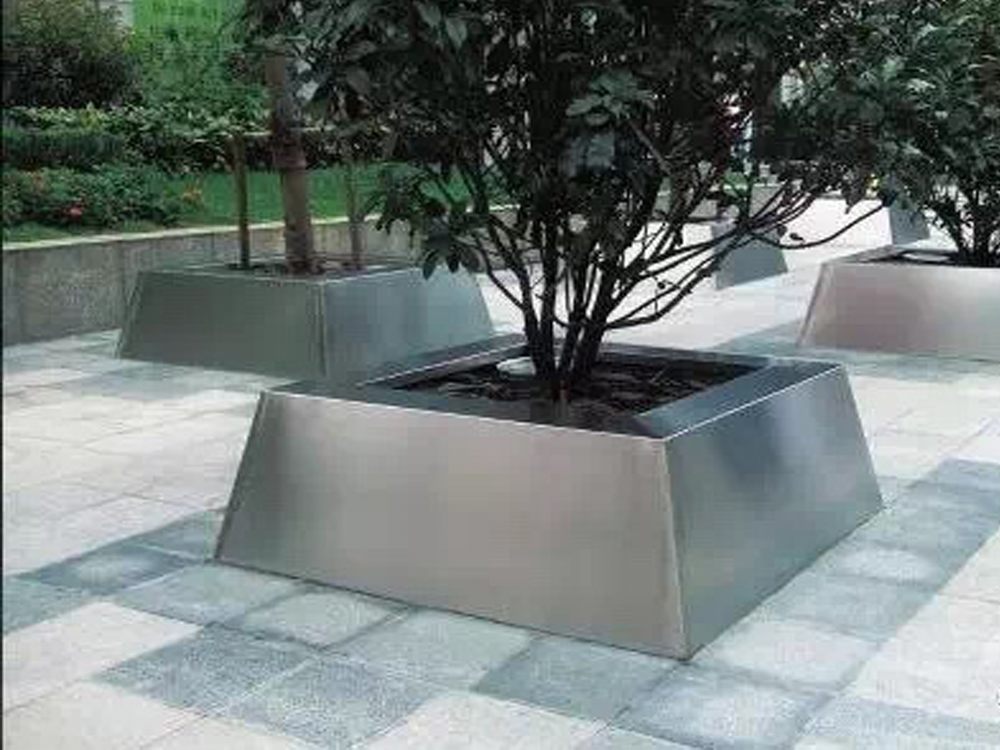
Creating a sculpture for a national museum is a prestigious yet demanding task that requires meticulous attention to detail. The first consideration is artistic integrity, ensuring the piece reflects the artist’s vision while aligning with the museum’s aesthetic and thematic standards.
Cultural significance is paramount, as the artwork should resonate with the nation’s heritage or contribute meaningfully to its narrative. Collaborating with historians or cultural experts can enhance the piece’s relevance.
Material selection plays a critical role in longevity. Durable materials like marble, bronze, or treated wood are often preferred to withstand time and environmental factors. Additionally, the carving technique must adhere to preservation standards, ensuring the artwork remains intact for future generations.
Lastly, museum guidelines must be followed, including size restrictions, display requirements, and safety protocols. Engaging with curators early in the process ensures compliance and seamless integration into the museum’s collection.
By balancing creativity, cultural depth, and technical precision, artists can craft a masterpiece worthy of a national museum’s legacy.

